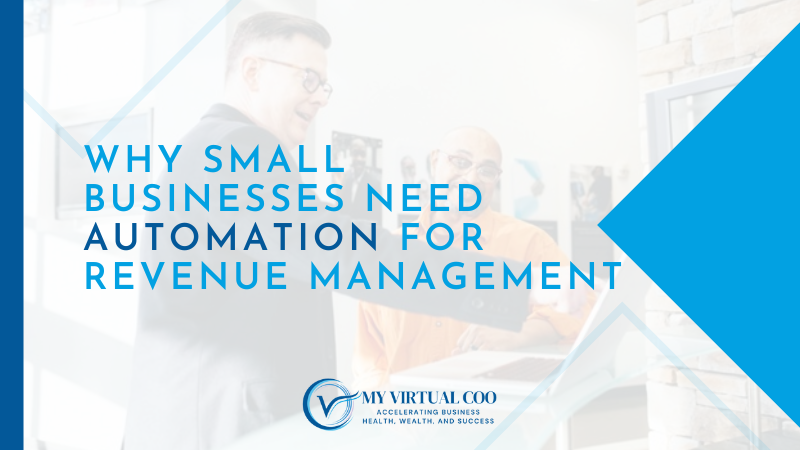The business growth phase is an exciting time. Sales are going up, your brand is getting noticed, and new chances are appearing. But with that success comes new challenges: financial strain, operational inefficiencies, and employee burnout.
After a time of quick growth, it’s important to pause, review, and set the stage for lasting stability. If you don’t, the very growth that once fueled your success could become a major obstacle.
So, how do you recover after a growth phase while keeping your business strong and resilient?
Here are the essential steps to accelerate recovery from growth and move into the next phase.
1. Assess the Situation and Lessons Learned
Before moving forward, you need a clear picture of where your business is after the recent growth. The expansion phase may have stretched your resources, altered team dynamics, and impacted your bottom line.
Key Areas to Evaluate:
- Financial Health: Has cash flow become unpredictable? Are your expenses sustainable?
- Operational Efficiency: Are your current processes scalable, or are bottlenecks emerging?
- Employee Well-being: Is your team overworked? Have leadership roles evolved to meet new demands?
- Customer Satisfaction: Has service quality suffered due to rapid expansion?
Taking stock of your current position will help you identify weak spots before they become major setbacks.
2. Realign and Communicate Aspirations
Visually share your changed aspirations (action goals). Be realistic about what your business can do in the recovery phase. Sharing this will help avoid potential disappointments, confusion, and unnecessary pressure on your team.
How to Reset Your Business Vision:
- Revisit Your Mission Statement: Does it still reflect your company’s purpose, or has it shifted?
- Set Clear Short- and Long-Term Goals: Focus on sustainable, profitable growth rather than aggressive scaling.
- Communicate Your Vision: Make sure your team understands and supports the updated objectives.
According to a Harvard Business Review study, companies that realign their goals post-growth see a 30% improvement in operational efficiency within a year.
Pro Tip: Avoid setting overly ambitious targets that could lead to burnout. Sustainable growth is about balance.
3. Strengthen Financial Management
One of the biggest risks during the business growth phase is financial mismanagement. Increased revenue often comes with rising costs, and if cash flow isn’t managed carefully, trouble follows.
Smart Financial Strategies for Stability:
- Audit Your Expenses: Identify where money is being spent inefficiently and cut unnecessary costs.
- Refine Cash Flow Projections: Predict future revenue and expenses to avoid liquidity issues.
- Reinvest Wisely: Focus on areas with the highest return on investment rather than overexpansion.
- Manage Debt Carefully: If you took on loans to scale, prioritize paying them off to regain financial flexibility.
4. Engage Your Team
Your team has been through the highs and lows of the business growth phase, and they may be feeling the effects—stress, exhaustion, or even uncertainty about their roles. Now is the time to re-engage your workforce and strengthen company culture.
How to Support Your Team Post-Growth:
- Recognize Hard Work: Acknowledge contributions and reward key players.
- Encourage Open Communication: Let employees share their concerns and ideas.
- Invest in Training: Offer leadership development and upskilling opportunities.
- Promote Work-Life Balance: Avoid burnout by implementing wellness initiatives.
Pro Tip: Hold one-on-one meetings with employees to understand how they feel after the intense growth phase.
5. Invest in Training and Development
Clients are the lifeblood of any business. During the business growth phase, you might have had limited time for personalized interactions. Now, prioritize building and strengthening client relationships.
How to Rebuild Customer Loyalty:
- Reconnect with Customers: Reach out personally and ask for feedback.
- Fix Any Service Gaps: If customer experience suffered during growth, address it now.
- Offer Loyalty Incentives: Discounts, exclusive offers, or appreciation events go a long way.
- Improve Personalization: Use CRM data to tailor marketing and communication efforts.
Pro Tip: Create a customer advisory board—select key clients to provide regular feedback and strengthen relationships.
6. Focus on Client Relationships
Growth can expose weaknesses in your internal systems. Now that you have a moment to breathe, it’s time to optimize operations.
Where to Improve Efficiency:
- Automate Repetitive Tasks: Use software to streamline invoicing, scheduling, and inventory management.
- Upgrade Technology: Invest in scalable systems that support your current and future needs.
- Refine Workflows: Eliminate unnecessary steps that slow down productivity.
- Monitor Performance Metrics: Set up KPIs to track efficiency improvements.
Pro Tip: Conduct a workflow audit—analyze each department’s processes and remove bottlenecks.
Conclusion: Building Stability After Business Growth
Recovering from a business growth phase is about more than just slowing down—it’s about mastering the balance between expansion and stability.
By assessing your current position, realigning goals, strengthening financial strategies, supporting your team, prioritizing customer relationships, and optimizing operations, you’ll not only recover but position your business for sustainable long-term success.
Growth is a journey, not a destination. Taking the time to recalibrate after expansion ensures that when the next opportunity arises, you’ll be stronger, smarter, and ready for the next phase of success.
Now, take a breath, reflect, and prepare for the future. Your business isn’t just growing—it’s evolving. And that’s the key to lasting success.
At My Virtual COO, we help service-based health, wealth, and advocacy business owners optimize talent and systems to accelerate business success by improving the most important parts of the business, including:
- Growth, Profitability, and Impact Projections
- Organizational Design
- Lean Process Design
- Client Experience Documentation
- Productive Collaboration and Change Acceleration
- C-Suite Training






